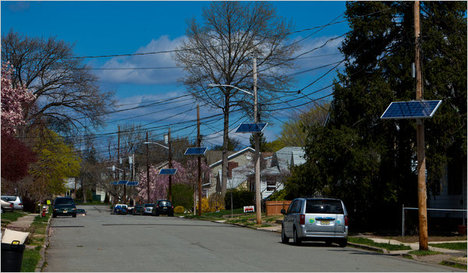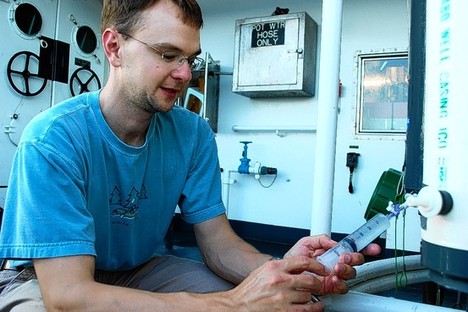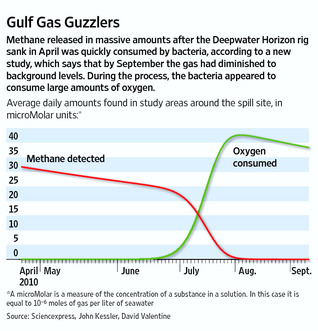(p. A19) Boulder, Colo.
You have to admit, the cat had moxie.
The 140-pound cougar that was spotted last month among the estates of Greenwich — and was later struck and killed on the Wilbur Cross Parkway — has been the talk of southern Connecticut. New England, along with most of the Eastern United States, hasn’t been cougar country since the 19th century, when the animals were exterminated by a killing campaign that started in colonial times. So where had this cougar come from?
Now we know the answer, and it couldn’t be more astonishing. Wildlife officials, who at first assumed the cat was a captive animal that had escaped its owners, examined its DNA and concluded that it was a wild cougar from the Black Hills of South Dakota. It had wandered at least 1,500 miles before meeting its end at the front of an S.U.V. in Connecticut. That is one impressive walkabout.
You have to appreciate this cat’s sense of irony, too. The cougar showed up in the East just three months after the Fish and Wildlife Service declared the eastern cougar extinct, a move that would exempt the officially nonexistent subspecies of the big cat from federal protection. Perhaps this red-state cougar traveled east to send a message to Washington: the federal government can make pronouncements about where cougars are not supposed to be found, but a cat’s going to go where a cat wants to go.
For the full commentary, see:
DAVID BARON “The Cougar Behind Your Trash Can.” The New York Times (Fri., July 29, 2011): A19.
(Note: the online version of the commentary is dated July 28, 2011.)



